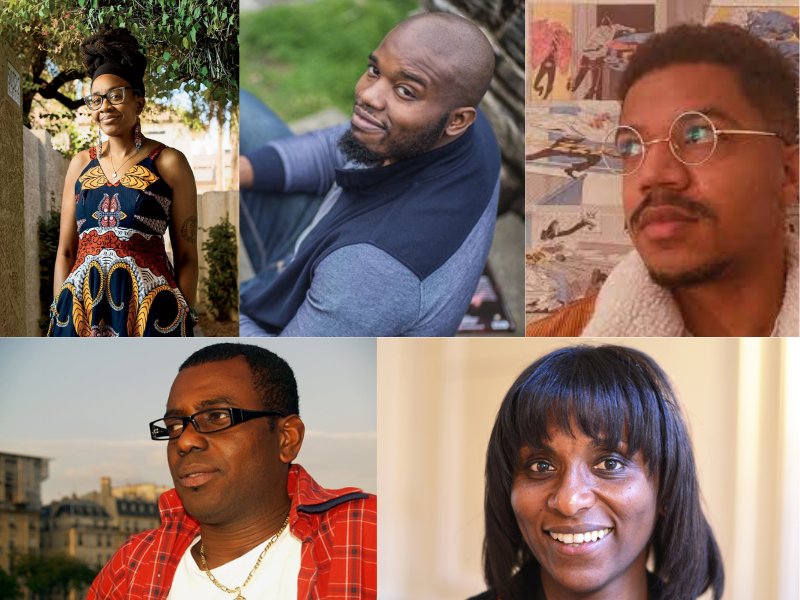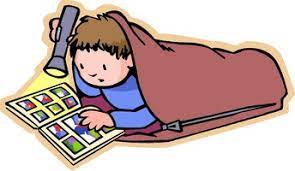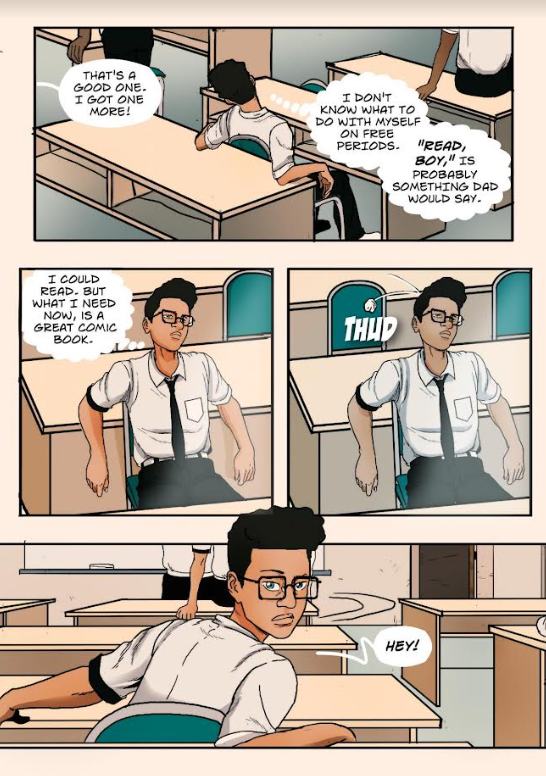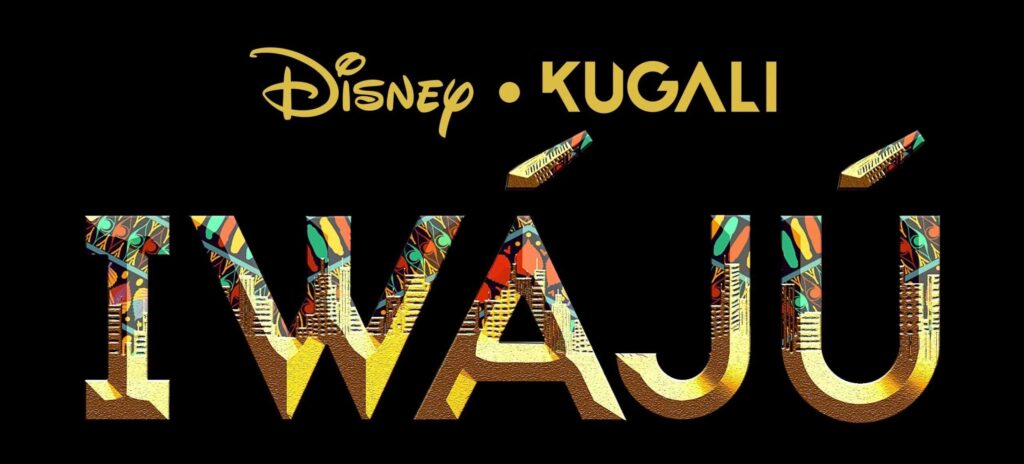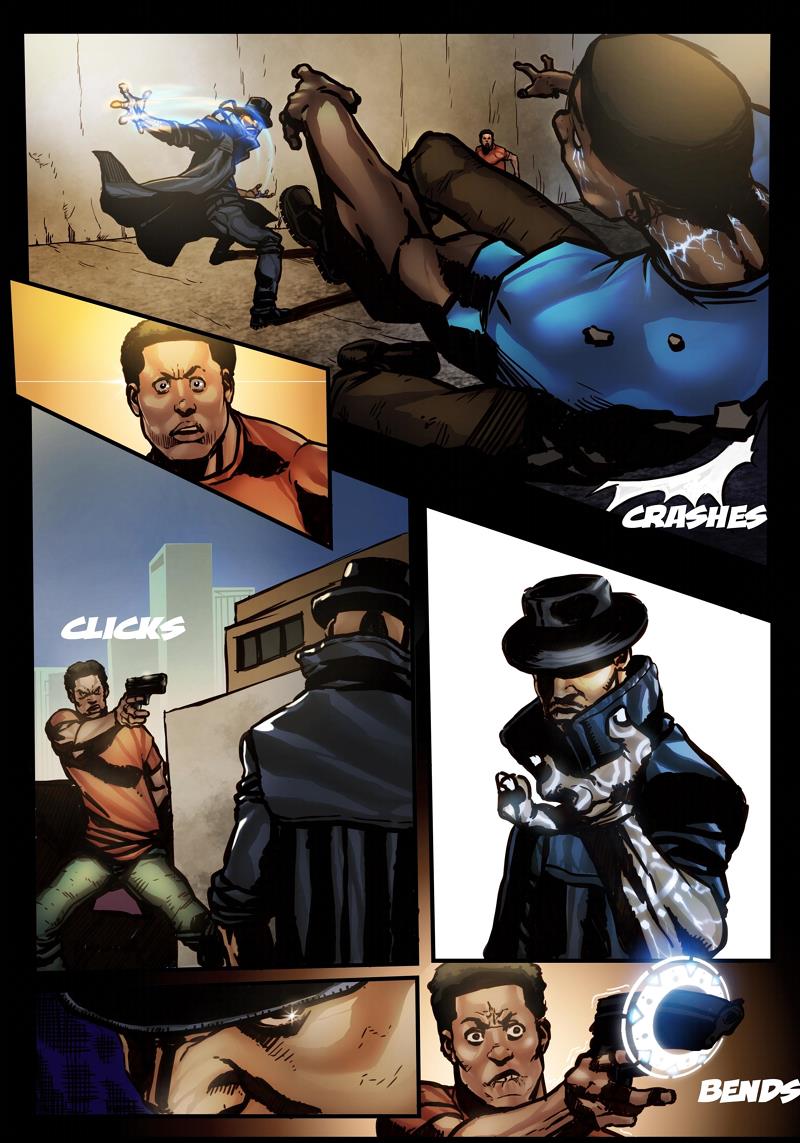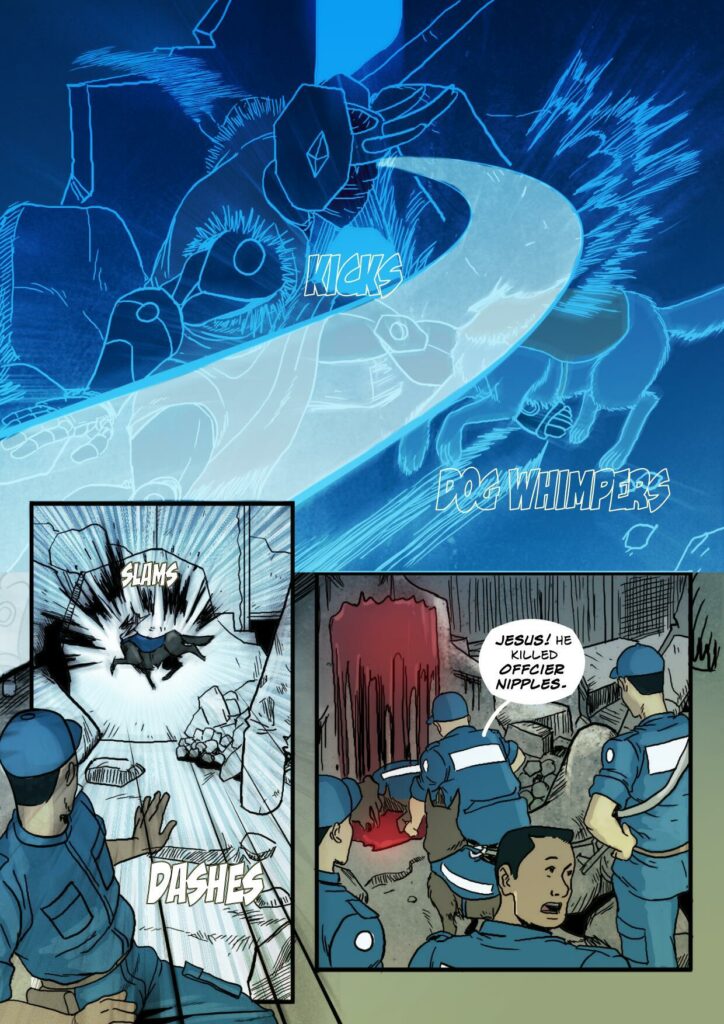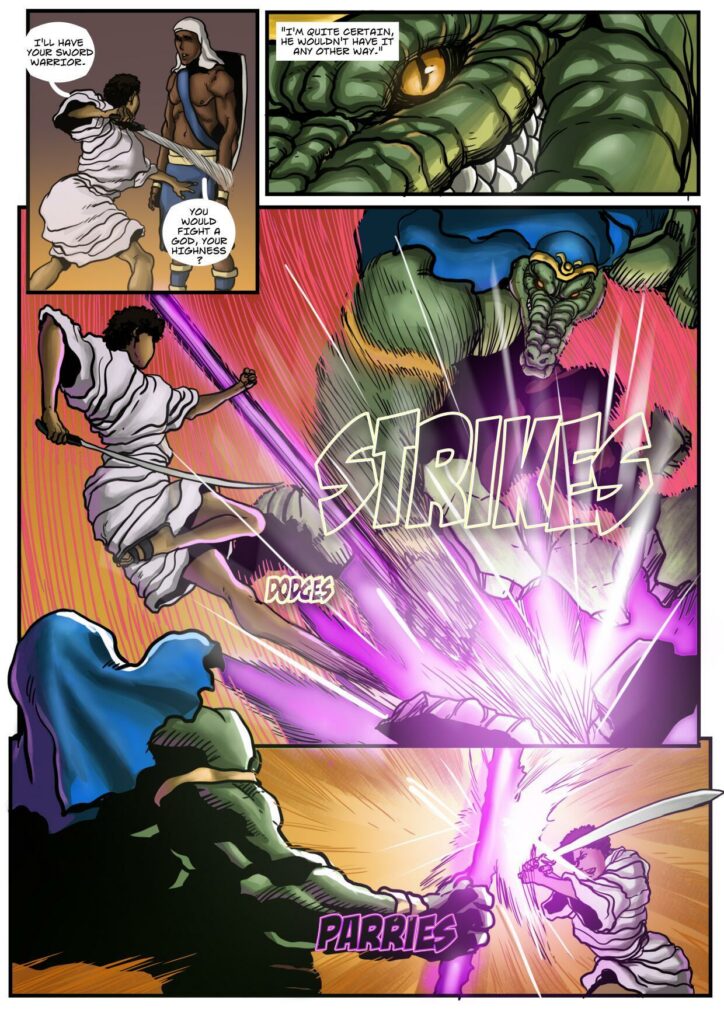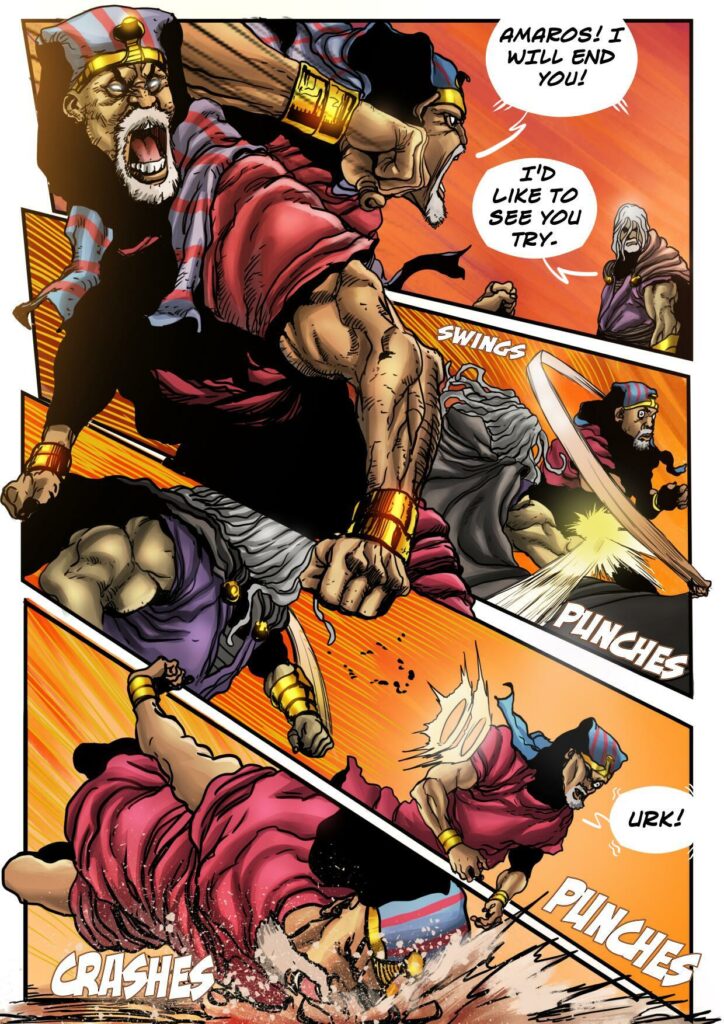African comics are becoming more and more popular. In the last decade, the sheer amount of quality in African comics creation and the attention that it has garnered is mindblowing. From big publishers like Dark Horse adding African comics to their catalogue, to mega production houses like Universal studios buying adaptation rights to adapt African comics into other media like animation and movies, the growth that this artform is witnessing on the mother continent is unprecedented.
With all this success, however, the question people still ask is, who is an African creator? In a globalised world where anybody can identify as anything, the answers to this question may raise eyebrows higher than they should normally go. However, for the sake of this article, we will focus on comics creators who originate from Africa, whose works are based on events or characters from Africa and who live out of the African continent.
African comics creators in the diaspora are a growing force in the comics industry. They are very important to Africa and to the world because they use their work to explore a wide range of topics, including African history, culture, and identity. They are also challenging stereotypes and representations of Africans in mainstream comics. These topics do not only help promote Africa to the world, but they also help change mindsets about what the continent is all about.
Here are some other notable African comics creators in the diaspora whose works honour the African continent in great ways:
1. NNEDI OKORAFOR

One of the most prominent African comics creators in the diaspora, Nnedimma Nkemdili “Nnedi” Okorafor (formerly Okorafor-Mbachu) is a Nigerian-American writer of science fiction and fantasy for both children and adults. Some of her most prominent works in comics include; LAGUARDIA, WAKANDA FOREVER, BLACK PANTHER: LONG LIVE THE KING, THE SHURI SERIES and AFTER THE RAIN. These comics tell deeply intriguing stories with complex characters who live in exotic worlds.
2. ROYE OKUPE
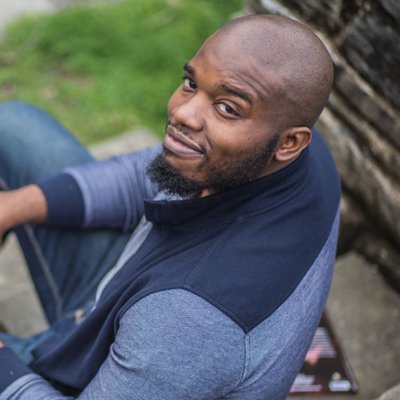
Born in Lagos, Nigeria, Roye Okupe is an award-winning filmmaker, author, speaker and entrepreneur whose passion for comics and animation led him to found YouNeek Studios in 2012. Under that umbrella, Roye wrote, produced and directed several animated productions including, but not limited to, the award-winning and critically acclaimed Malika – Warrior Queen Animated Short. These productions have allowed Roye to attain many prestigious recognitions such as being #5 on Ventures Africa’s list of 40 African innovators to watch (2016) as well as being part of NewAfrican Magazines’ 100 most influential Africans two years in a row (2016 & 2017). In August 2015, Roye’s debut graphic novel: E.X.O. The Legend of Wale Williams Part One was received with critical acclaim and has since been featured on CNN, Forbes, The New York Times, NBC, The Guardian, ABC7, BBC, The Huffington Post, Mashable and more!y.
3. MARGUERITE ABOUET

Abouet was born in 1971 in Abidjan, Côte d’Ivoire, and at the age of 12 she and her brother moved to France to their great uncle. She currently lives in Romainville, a suburb of Paris, with her husband, illustrator Clément Oubrerie (who illustrates her graphic concepts), and their young son. She worked as a legal assistant in Paris while writing her first graphic novel, Aya. Abouet had tried to write novels for young people, but she gave up in frustration with what she perceived to be the constraints put on the genre by the publishers. She left her job as a legal assistant to concentrate on writing full-time, including her two follow-up graphic novels to Aya (Aya of Yop City and Aya: The Secrets Come Out)
4. JUNI BA

Juni is an illustrator and writer who hails from Senegal and France. His current works include the Kayin and Abeni mini series and the Monkey Meat stories both published by Kugali. He is also the author of DJELIYA, a comic book published by TKO. He’s also a cover artist with works for Skybound and IDW. His artistic fuel is mostly based on orange juice.
5. ALAIN MATA MAMENGI aka AL’MATA

Alain Mata Mamengi (his artist name is Al’Mata), born in Kinshasa on 28 March 1970, is a graduate in graphic arts from the Acédemie des beaux arts in Kinshasa. He started out as a cartoonist in 1991 at the newspaper l’Observateur before becoming its artistic director. He produced booklets for The world food programme and Unicef, and at the same time contributed to the newspapers Les Palmarès, Vite-vu, Les stars de la BD and Mark BD4,1.
Al’Mata’s drawings are described as subversive, which has led to persecution in his native country. In 1994, one of his drawings about President Maréchal Mobutu in the newspaper Le Palmarès was deemed humiliating, and the paper was forced to close down. In the meantime, Al’Mata was forced to go underground. Political regime after political regime, Al’Mata was arrested this time by President Laurent Désiré Kabila towards the end of 1998 and released in February 1999 under media pressure. Following the publication of his comic strip Kadogo (child soldiers), still considered subversive, he was interrogated in 2001 and arrested in July 2001. Living in hiding since December 2001, Al’Mata left the country when he was invited to take part in the La Bulle comic strip festival in Nevers in February 2002. Al’Mata lives in Bourgogne, France. Some of his notable works include Le Retour Au Pays D’alphonse Madiba Dit Daudet, and Les tribulations d’Alphonse Madiba dit Daudet.
6. ANNICK KAMGANG

Annick Kamgang, alias Kam, a press cartoonist born in Yaoundé, lives and works in Paris. The daughter of a Cameroonian pan-African politician who suffered repression in the 1990s, she took up press cartooning to carry on the family torch in her own way.
She has worked for L’Express, L’Opinion, Peuples Solidaires, Jeune Afrique, Le Monde, the Africa France foundation and the Institut Français. Lucha is her first comic book and her first collaboration with a journalist. Her most notable work is titled Lucha : chronique d’une révolution sans armes au Congo.
7. PETER CHIZOBA DANIEL

Peter Daniel is the lead illustrator, concept designer and creator of the “NEWBORN SAGA”. He’s also the creator of the “AMAZING TEKKIDS” a comic book that teaches kids values and how to plan for the future. He is an experienced IT consultant, a big time geek and loves video games. He is the founder of Peda Comics, a Nigerian comics production and publishing company whose titles like CHAYOMA: CURSE OF THE JANGURA which has taken African comics to higher heights.
8. MARCELO D’SALETE
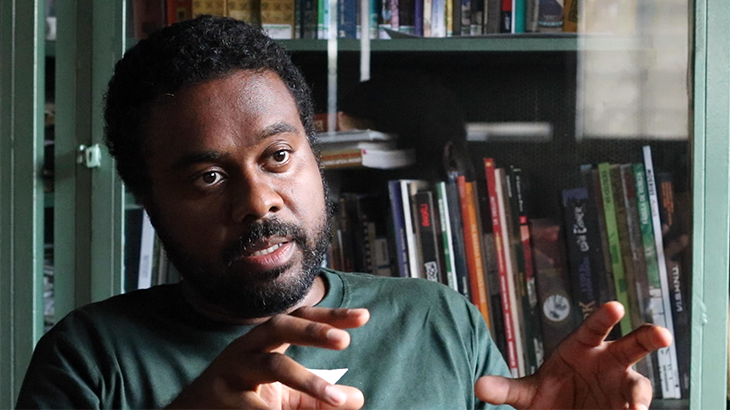
Marcelo D’Salete (born 1979) is a Brazilian comic book writer, illustrator and professor. He holds a master’s degree in art history from the University of São Paulo.During his adolescence, he studied graphic design at Carlos de Campos College and worked as an illustrator for publishers. He premiered as a comic book artist in 2001, publishing in the magazines Quadreca and Front. His first graphic novel, Noite Luz, was published in 2008. In 2011, he published the comic book Encruzilhada. His most acclaimed works deal with the history of resistance to slavery in Brazil from the perspective of the Afro-Brazilian peoples: Cumbe, from 2014, and Angola Janga from 2017. Angola Janga, a story about the Palmares quilombo, took eleven years of research and work by the author. D’Salete was nominated for the HQ Mix Trophy in 2012 and 2015. Cumbe was published in English in 2017 by Fantagraphics as Run for It: Stories of Slaves Who Fought for Their Freedom. It was nominated for and won the 2018 Eisner Awards, in the Best U.S. Edition of International Material category.
9. MARTIN OKONKWO

Martin Okonkwo is a Nigerian artist and comic book creator who has created so many amazing African comics. Based in the UK, this artist founded the comics production house, Epoch Comics. The company’s vision, like many others, is to valorize African cultures and traditions through stellar storytelling. And they have been doing this through wonderful comics like REMNANTS, AEGIS, MOON DUST and BARIKISU.
These are just a few of the many African comics creators in the diaspora. These creators are all working to create comics that are both entertaining and thought-provoking, using their work to tell stories that are important to Africa and to the world. They are also helping to change the face of comics, challenging stereotypes and representations of Africans in mainstream comics, rendering the industry more inclusive.
